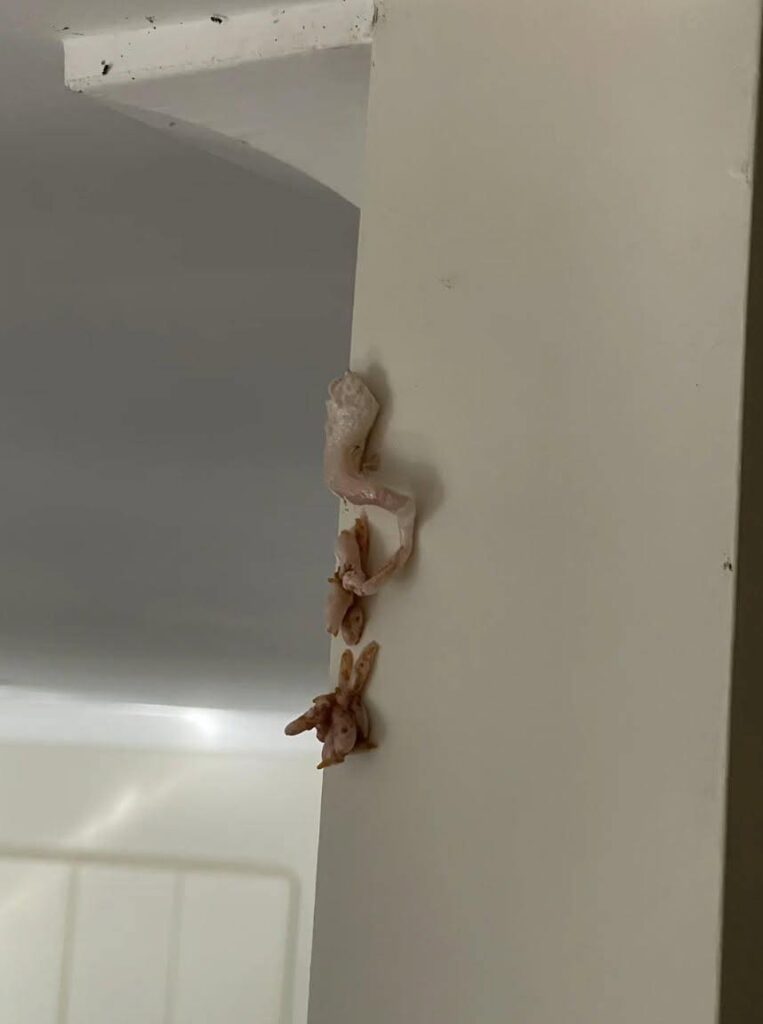What Could It Have Been?
Now, I’m not one to overreact—but I’m also not someone who forgets a bright pink, oddly textured mystery growth in their kitchen.
Here are the most likely culprits:
1. Expanding Foam Insulation:
This is the most reasonable theory. Sometimes, when walls are patched or sealed, excess foam can ooze out years later, especially if it wasn’t properly trimmed or covered. Over time, air and dust can make it harden in odd shapes or colors.
2. Old Caulk or Adhesive Sealant:
Some adhesives or sealing materials can degrade in strange ways, especially if exposed to moisture or temperature changes. It may have detached from inside the wall and reappeared through a crack or screw hole.
3. Mold or Fungus (Unlikely, But Possible):
While mold is typically dark, some species can appear pink or pale. If you find something like this and it smells musty or has a fuzzy surface, it’s best to get it tested.
4. Insect or Animal-Related:
Certain insect casings or abandoned nests can resemble foam. While rare, it’s not unheard of for insects to nest behind appliances or walls, leaving behind odd substances.
What to Do If You Find Something Similar:
Finding an unknown substance on your wall can be unnerving—especially if you’re unsure whether it’s toxic, biological, or structural. Here’s what I learned:
Continued on next page//
For complete cooking times, go to the next page or click the Open button (>), and don’t forget to SHARE with your Facebook friends.
